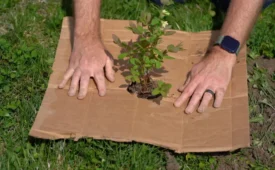Simple Trick to Remove a Stubborn Tree Stump with a Household Staple
Tree stumps can be an eyesore in your yard, taking up valuable space and making landscaping more difficult. While professional stump removal services exist, they can be costly and time-consuming. Luckily, there’s an easy and affordable solution using a household staple you likely already have, which is Epsom salt. This simple method speeds up the decomposition process, making it easier to remove even the most stubborn stumps without heavy machinery.
1. Why Epsom Salt Works
Epsom salt, or magnesium sulfate, is commonly used for muscle relief and gardening, but it also works wonders for breaking down wood. When applied to a tree stump, Epsom salt draws out moisture, accelerating the natural decay process. Over time, the stump becomes dry and brittle, making it easier to break apart and remove.
Unlike chemical stump removers, Epsom salt is safe for the environment, pets, and surrounding plants. It provides a slow, natural solution that eliminates the need for burning or using harsh herbicides. Plus, it’s an inexpensive and readily available alternative to professional removal services.
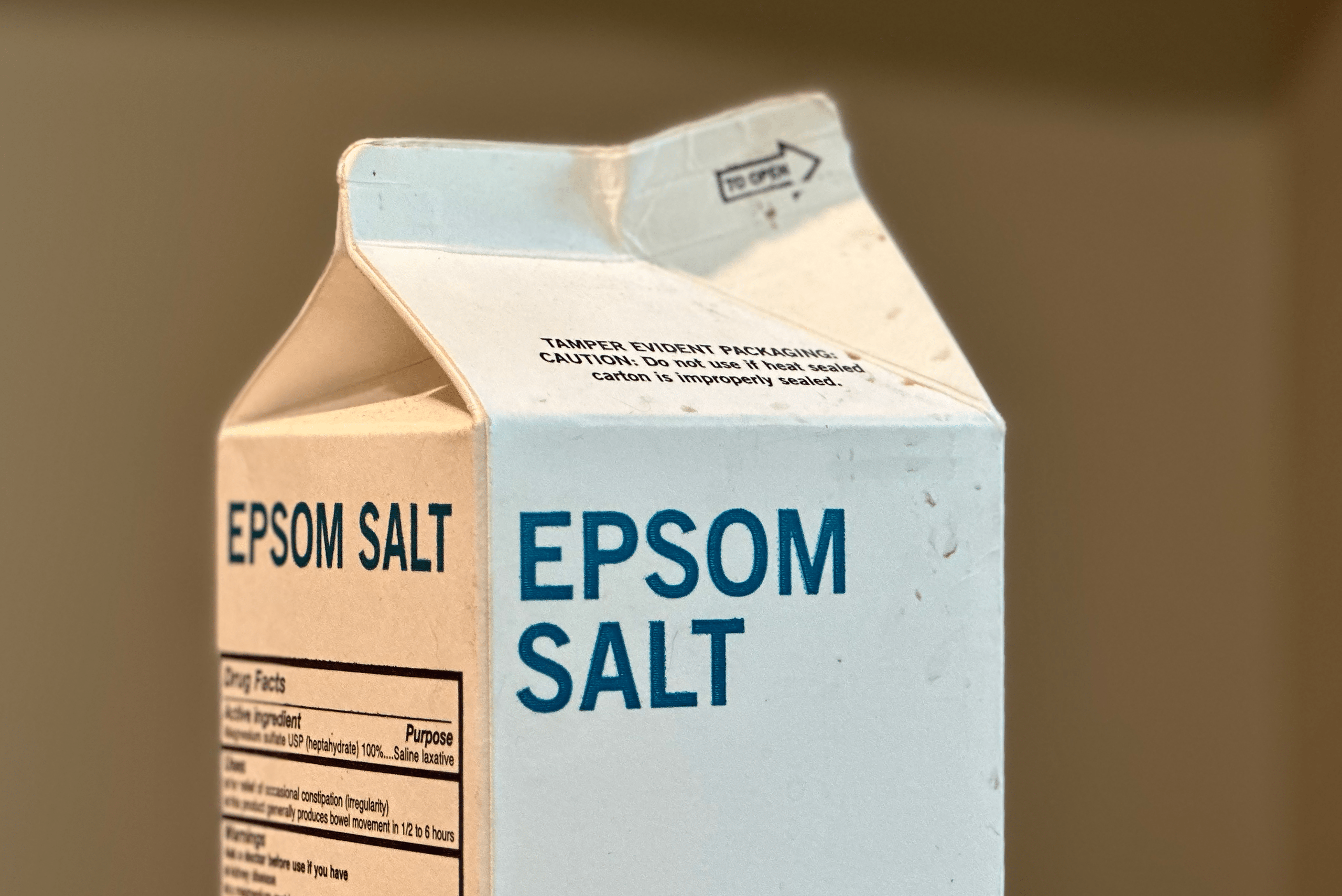
2. How to Apply Epsom Salt
To begin the process, drill multiple holes into the top of the stump, making sure they are deep enough to reach the roots. Fill each hole with Epsom salt, then pour water over the salt to help it absorb into the wood. Cover the stump with a tarp or plastic sheet to trap moisture and enhance the breakdown process.
For best results, reapply Epsom salt every few weeks. Within a few months, the stump will begin to soften and decompose. Once it becomes brittle, you can easily chop or break it apart and remove the remaining wood.
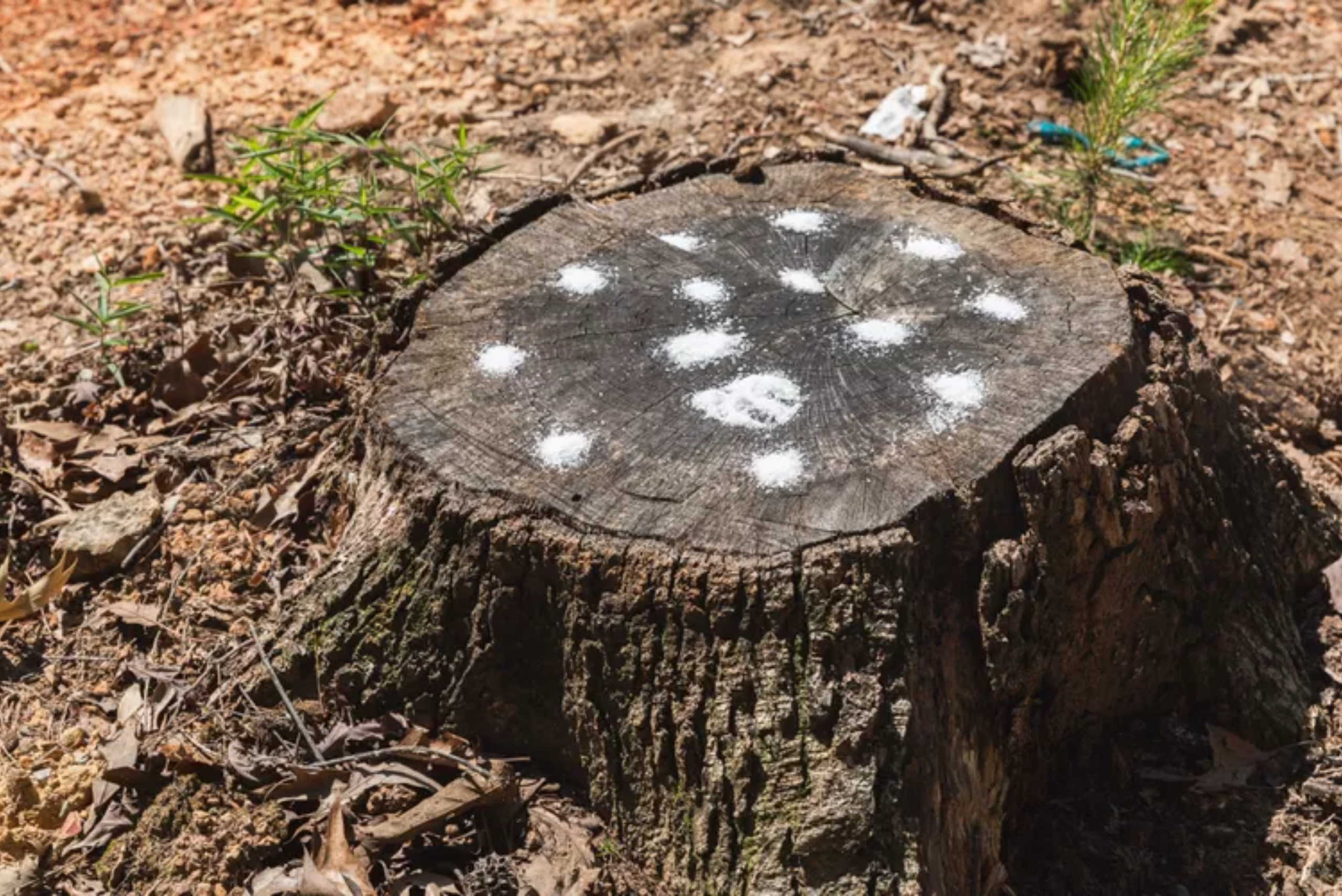
3. Speeding Up the Process
While Epsom salt works naturally over time, you can speed up the process by combining it with other techniques. One method is to soak the stump with hot water after applying Epsom salt, which helps it penetrate deeper into the wood. Additionally, covering the stump with a dark tarp will trap heat and moisture, accelerating decomposition.
If you need an even faster solution, consider partially removing sections of the stump as they soften. Breaking up the wood allows more surface area to be exposed to the Epsom salt, reducing the time needed for full decomposition.
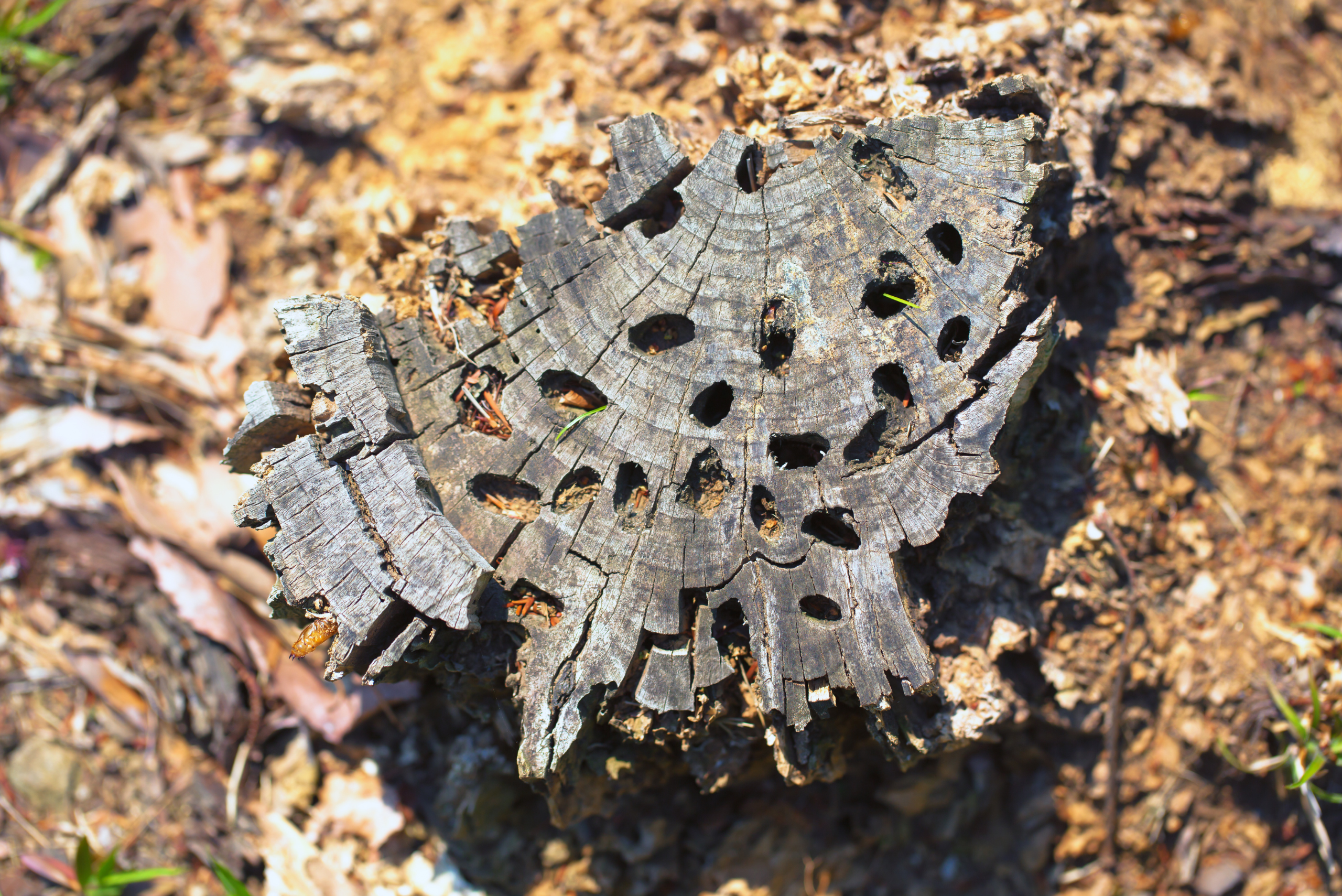
4. Alternative Household Items for Stump Removal
If you don’t have Epsom salt on hand, there are other household items you can use to achieve similar results. Rock salt, for example, works in the same way by dehydrating the stump and promoting decay. Vinegar is another natural option that kills the stump and prevents regrowth.
For those looking for a more hands-on approach, boiling water poured directly over the stump can weaken its structure over time. While these alternatives may take a bit longer, they are still effective and environmentally friendly ways to remove a stump without chemicals or machinery.

5. Preventing Regrowth
Even after removing the stump, some trees may try to sprout new growth from the remaining roots. To prevent this, apply a concentrated dose of Epsom salt or vinegar to any new shoots that appear. Regularly checking and treating the area will stop regrowth before it becomes a problem.
Another method is to cover the stump with soil and plant grass or flowers over it. This encourages natural decomposition while also improving the look of your yard. By taking these extra steps, you can ensure the tree stump is gone for good.
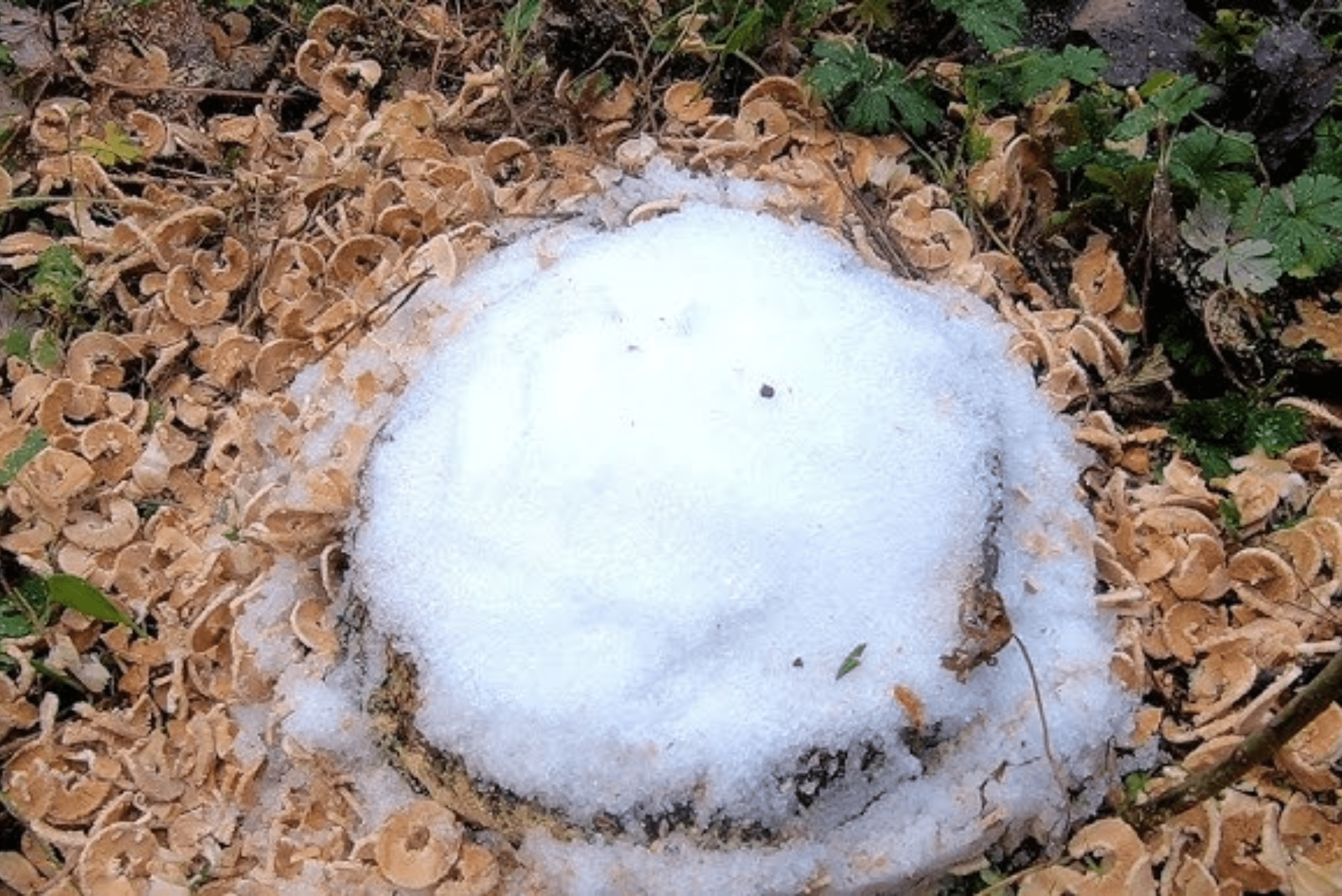
Related Articles
- A Step-by-Step Guide on How to Fell a Tree with a Chainsaw
- 5 Trees You Should Never Plant Near Your Home
- How to Easily Remove Tree Roots on Your Own
Removing a tree stump doesn’t have to be a difficult or expensive task. With the help of Epsom salt, you can naturally break down and remove even the most stubborn stumps over time. By following this simple method, you’ll save money, avoid harsh chemicals, and keep your yard looking clean and well-maintained. Give this household staple a try and reclaim your outdoor space with ease!









